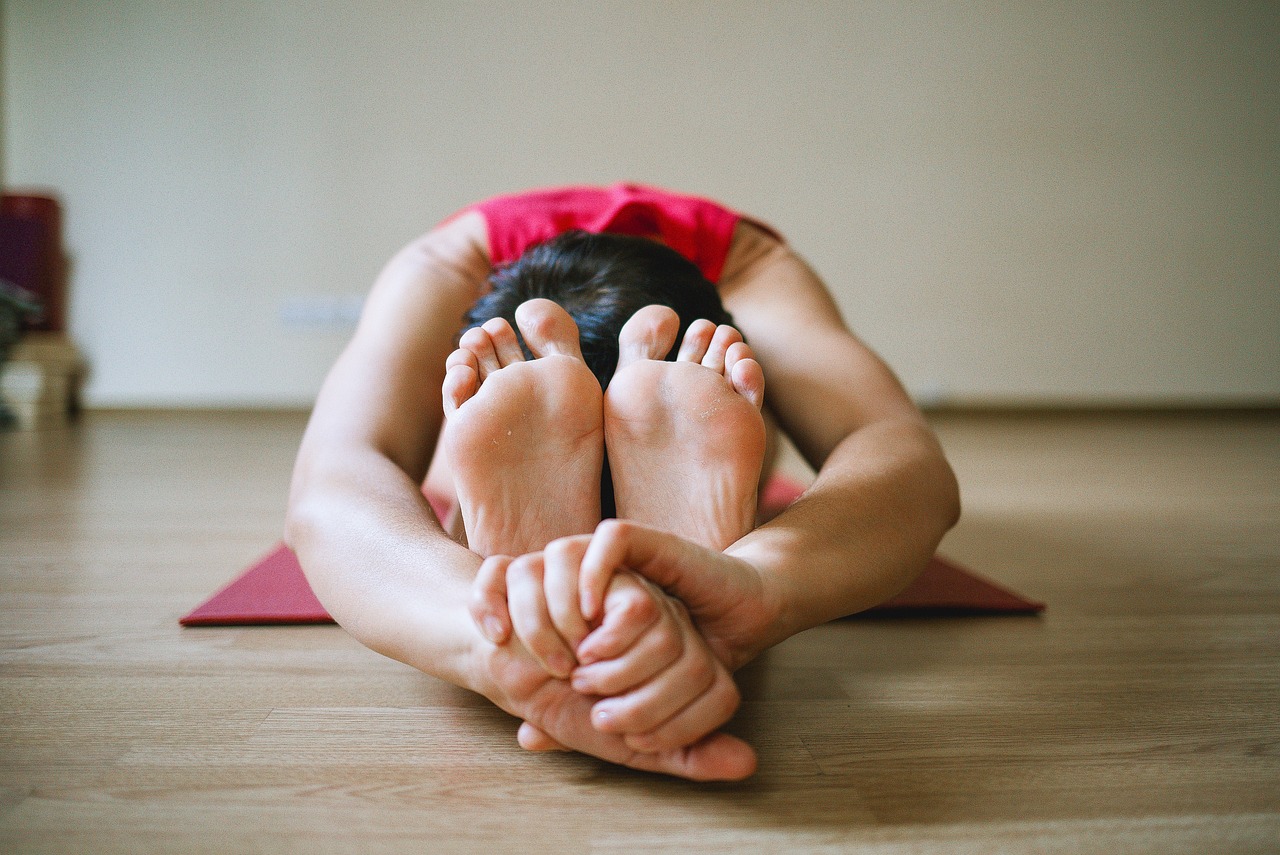Breaking Down the Science: The Health Benefits of Regular Stretching
If you're like many people, stretching may not be a priority in your health and wellness routine. Yet, this often-overlooked practice holds numerous benefits for our physical and mental well-being. This article delves into the science behind stretching, its historical importance, and how incorporating this simple act into your daily routine can lead to significant improvements in your health.

The Historical Significance of Stretching
Stretching has been a fundamental part of human movement since our ancestral times. Ancient civilizations, including the Greeks and the Chinese, recognized the benefits of stretching and incorporated it into their daily routines. Fast forward to today, and stretching is a staple in almost every fitness regimen worldwide, from yoga to professional sports training.
The Science of Stretching
Research has continually validated the health benefits of regular stretching. A study published in the Journal of Physical Therapy Science found that stretching could alleviate muscle stiffness, improve circulation, and enhance physical performance. On a cellular level, stretching encourages the flow of blood and oxygen to your muscles, aiding in recovery and promoting overall body health.
Current Health Trends and Research-Driven Recommendations
In our fast-paced modern world, many people are rediscovering the benefits of stretching as a calming and restorative practice. Today, the focus has shifted from stretching as merely a pre-workout routine to a standalone wellness strategy.
Experts recommend incorporating a variety of stretches into your routine, including dynamic, static, and proprioceptive neuromuscular facilitation (PNF) stretching. Each type has its unique benefits and challenges, with dynamic stretching being ideal for warming up, static stretching for cooling down, and PNF stretching for improving flexibility.
The Practicality of Stretching
One of the key advantages of stretching is its accessibility. With no special equipment required, you can stretch anywhere, anytime. Whether you’re at the office, watching TV, or even in bed, simple stretches can be seamlessly integrated into your daily activities.
Key Health Tips on Stretching
- Start Slow and Gradual: Always begin with light stretching before gradually increasing the intensity.
- Consistency is Key: Aim to stretch for at least 5 to 10 minutes every day for the best results.
- Focus on All Muscle Groups: To ensure a balanced stretch, include all major muscle groups in your routine.
- Listen to Your Body: Never stretch to the point of pain. If a stretch hurts, stop and adjust your position.
In conclusion, regular stretching can significantly enhance your physical and mental well-being. Not only does it improve flexibility and posture, but it also contributes to better circulation, stress relief, and overall health. By incorporating stretching into your daily routine, you are taking a simple yet effective step towards holistic wellness. Remember, consistent practice is key, so make stretching a non-negotiable part of your daily routine and reap the benefits of this often-underestimated wellness strategy.




